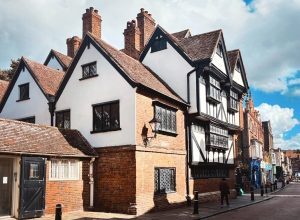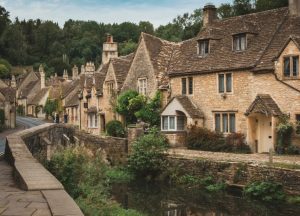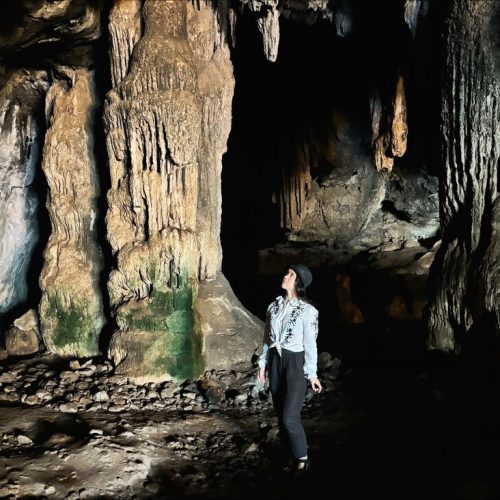
Only a few years ago, Comuna 13 was the most dangerous area in Medellin. This cannot be taken lightly. It was dubbed “the most dangerous city on earth” by Time magazine in the 90s.
Once home to the world’s most notorious and violent drug cartel, headed by Pablo Escobar, people lived in fear. Drug lords lived like princes while ordinary people disappeared overnight. When people sought justice, it led to the assassination of judges and police on a regular basis.
Thankfully, this is no longer the case. Comuna 13 has drastically changed for the better.
Rising from the ashes
Medellin has shedded its old skin and transformed in a radical way. In a short space of time the murder rate has fallen more than 80%. No longer is it the murder capital of the world. Instead it’s attracting a wealth of positive recognition.
In 2013 it was named the most innovative city in the world by the international Urban Land Institute and has topped several lists of the most liveable cities in South America.
How the situation improved
It’s important to acknowledge these changes did not happen entirely overnight, nor without resistance. Before major changes in the urban landscape could take place, the military and paramilitaries conducted operations to drive out guerrillas that once controlled the district. During these operations innocent lives were caught in the deadly crossfire during violent encounters between the police, army, paramilitary, and guerillas.
In 2002, after the last military operation, things changed thanks to a governmental experiment in social urbanism led by former city mayor Sergio Fajardo.
Large monetary investments were put into the poorest communities. The aim? To give people greater social mobility and create a vision for the future away from crime and violence.
Implementing new infrastructure in Medellin

Immediate changes appeared after implementing new infrastructure. This included a metro cable and six outdoor escalators. As a result of vastly improved transport, life in Comuna 13 became a whole lot easier for residents.
Previously, residents struggled to even obtain food because transporting goods to higher, more out of reach areas along the hillside was difficult. Not anymore. With nearly 160,000 people within the district, many lives have been drastically improved. The area is no longer a hot-bed for gang violence, police raids, cartels and illegal trafficking.

The new infrastructure has also been pivotal in opening the area up for tourism like never before. Previously, tourists were strongly advised against stepping foot in Comuna 13, and now daily tours are available to explore this once prohibited area.
I visited without a guide, and I felt completely safe.
Building more a prosperous community

It’s not just transport either, education and social programmes have all been leveraged. The aim is to increase social mobility and build communities to improve lives ensure the future for next generations.
In only a few short years the changes have increased dramatically. A new school has been built and residents can now enjoy public gardens and green spaces within a safe environment. Pedestrian walkways that were once used as rubbish dumps or collateral damage have been cleared and restored.
There’s also a community centre where music, art and cultural activities can now all be enjoyed. People no longer seem so worried about their safety. I saw lots of children playing out and enjoying the new additions that have been invested into the area. There’s even an out-door gym. It’s wonderful to see.

Wandering around the streets of Comuna 13, you’ll see an abundance of vibrant wall murals. These alone are worth taking the trip out to see.
If street art is your thing, I recommend joining a street art tour. You’ll get to see and visit places you might otherwise miss when exploring by yourself.
In retrospect, I regret not joining a tour, specially as I loved the street art tour I joined in Bogota. Not to worry, I have a feeling I will be returning to Colombia. When I do, it’ll be great to revisit Comuna 13 again. The changes have already been vast, and it will be great to hear stories about the long-term benefits in years to come.
Read more → Born Out of Tragedy: Bogota’s Incredible Street Art

What to remember when you visit
Needless to say, please be respectful of the people living here, Comuna 13 is not just a place to go to say ‘you’ve been’ and gawk at the past. There are important things to learn and take away from your visit.
It is not just undergoing a physical transformation either, there’s been a whole mental shift too. I’m sure there’s still a lot of healing to do, but the future looks bright.
Help support local business by checking out shops and having a bite to eat in one of the cafes.
Where to eat in Comuna 13
I don’t think I could have stumbled across more life-affirming food than Restaurante Berracas de la 13, literally translating to The Restaurant of the Strong Women of Comuna 13.
Before it opened, a group of women came together and bonded through cooking as a way of seeking solace from the gang violence around them.
Many of the women are single-parents, and needed the support of other women in similar situations who shared the common goal of improving their quality of life.

Only a few years on, not only do they now run a restaurant, they’ve even published a book which includes their individual stories and recipes.


I opted for a vegetarian plate which consisted of fresh salad, plantain, red beans (a favourite of mine) and a veggie patty. It was delicious.
There are many stories to be found in Comuna 13, and I truly believe no trip to Medellin is complete without visiting this part of the city for yourself.









